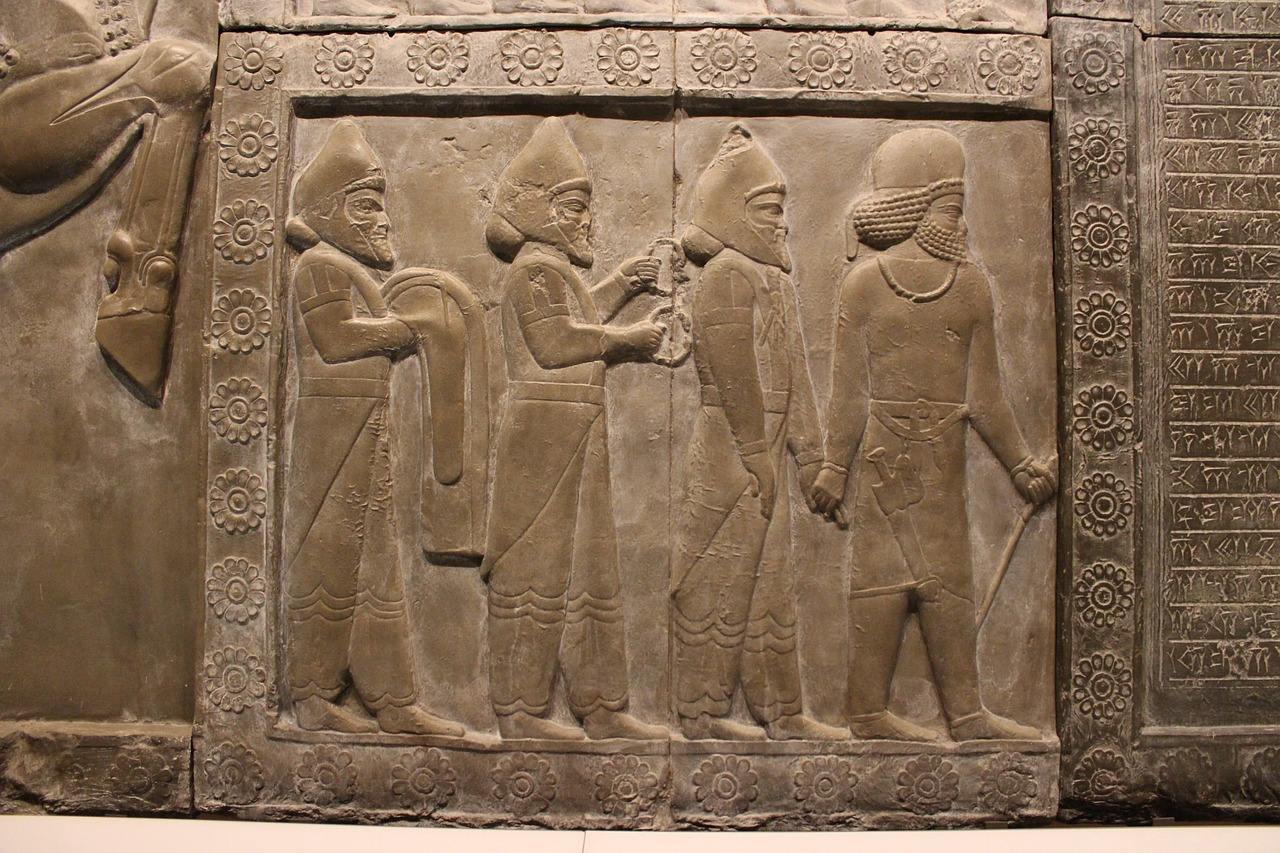Unit 3: Early Civilizations in the Fertile Crescent (3500 B.C.-539 B.C.) Overview
Unit 3: Early Civilizations in the Fertile Crescent (3500 B.C.-539 B.C.)

Unit 3: Early Civilizations in the Fertile Crescent (3500 B.C.-539 B.C.)

Unit 3: Early Civilizations in the Fertile Crescent (3500 B.C.-539 B.C.)
This unit emphasizes the history and contributions of the ancient civilizations in the Fertile Crescent.
The Fertile Crescent is the region in the Middle East which curves, like a quarter-moon shape, from the Persian Gulf, through modern-day southern Iraq, Syria, Lebanon, Jordan, Israel and northern Egypt. The term was first coined in 1916 by the Egyptologist James Henry Breasted in his work Ancient Times: A History of the Early World, where he wrote, “This fertile crescent is approximately a semi-circle, with the open side toward the south, having the west end at the south-east corner of the Mediterranean, the centre directly north of Arabia, and the east end at the north end of the Persian Gulf.” His phrase was widely circulated through the publications of the day becoming, finally, the common designation for this region. The Fertile Crescent is traditionally associated (in Jewish, Christian and Muslim faiths) with the earthly location of the Garden of Eden.
Cradle of Civilization
Known as the Cradle of Civilization, the Fertile Crescent is regarded as the birthplace of agriculture, urbanization, writing, trade, science, history and organized religion and was first populated c.10,000 BCE when agriculture and the domestication of animals began in the region. By 9,000 BCE the cultivation of wild grains and cereals was wide-spread and, by 5000 BCE, irrigation of agricultural crops was fully developed. By 4500 BCE the cultivation of wool-bearing sheep was practiced widely.
The first cities began to rise in Sumer. Eridu, the first, according to the Sumerians, in 5400 BCE, then Uruk and the others. By c. 4500 BCE cultivation of wheat and grains had long been practiced in addition to the further domestication of animals. By the year 3500 BCE the image of the breed of dog known as the Saluki was appearing regularly on vases and other ceramics as well as wall paintings.
The unusually fertile soil of the region encouraged the further cultivation of wheat as well as rye, barley, and legumes and some of the earliest beer in the world was brewed in the great cities along the Tigris and Euphrates Rivers under the auspices of the goddess Ninkasi. The most ancient evidence of beer brewing comes from the Sumerian outpost settlement of Godin Tepe in modern-day Iran. From c. 3400 BCE, the priests of the temple complexes were responsible for the distribution of food and the careful monitoring of surplus for trade.
Unit Focus
- characteristics and contributions of early civilizations in Mesopotamia and the Mediterranean basin
- geographic and political factors that helped bring about the rise and fall of civilizations in Mesopotamia and the Mediterranean basin
Vocabulary
Lesson Reading
Videos and Interactives (Click on Images to View Content)

